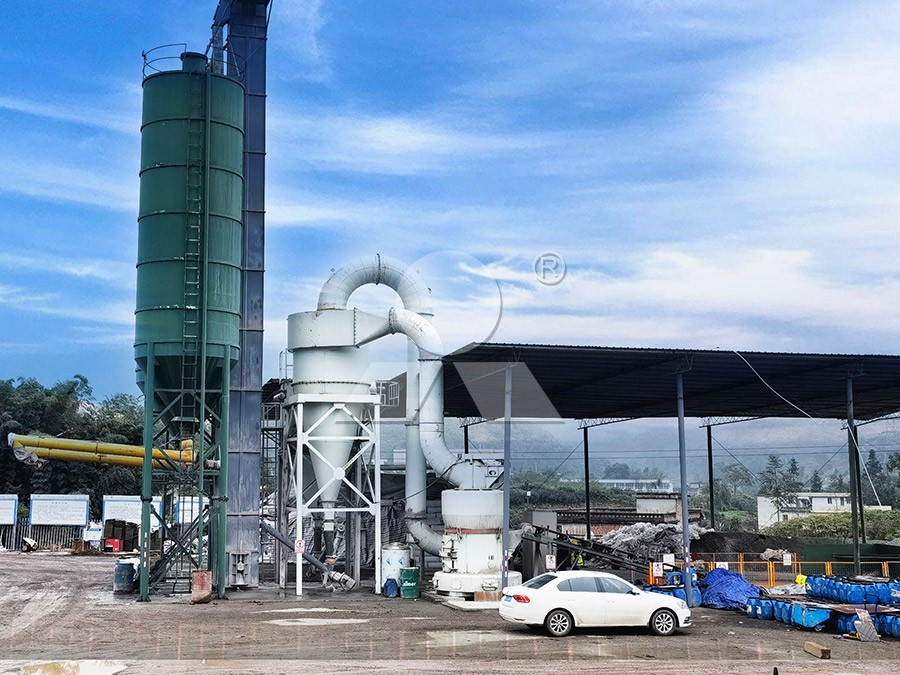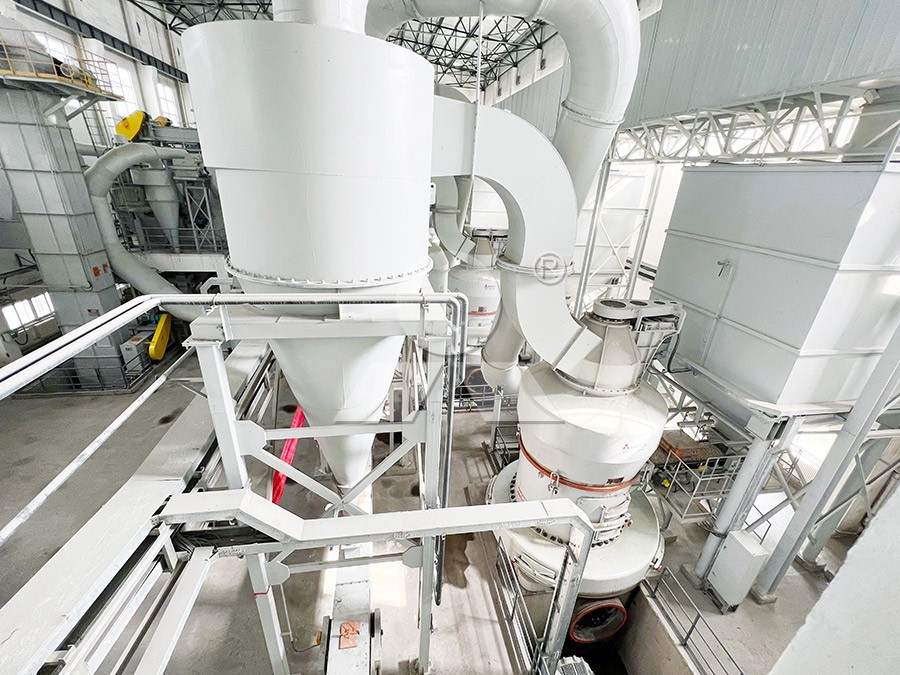Limestone Mill Models: A Comprehensive Guide to Choosing the Right Grinding Equipment
Limestone Mill Models: A Comprehensive Guide to Choosing the Right Grinding Equipment
Selecting the right grinding equipment for your limestone processing operation is a critical decision that impacts productivity, product quality, and your bottom line. With various mill technologies available, from traditional ball mills to advanced vertical and ultrafine systems, understanding the key differences is essential. This guide will walk you through the primary considerations and highlight some top-performing options.
Key Factors in Mill Selection
When evaluating limestone grinding mills, several factors come into play. The feed size and desired capacity (tph) are your starting points. You must also consider the required product fineness (often measured in meshes or microns), energy consumption, floor space requirements, and the total operational and maintenance costs. Environmental regulations concerning dust and noise are also increasingly important.

Exploring Advanced Mill Technologies
Beyond the classic Raymond mill or ball mill, modern technologies offer significant advantages in efficiency and control. Ultrafine grinding mills, for instance, are designed to produce superfine powders with precise particle size distribution, which is crucial for high-value applications in plastics, paints, and coatings.
For operations demanding ultra-fine limestone powder, the MW Ultrafine Grinding Mill is an exceptional choice. This machine is engineered for customers who need to make 325-2500 mesh powder. It handles an input size of 0-20 mm with a capacity range of 0.5-25 tph. A standout feature is its higher yielding and lower energy consumption – it offers 40% higher capacity than jet mills while using only 30% of the energy. Its innovative design includes no rolling bearings or screws in the grinding chamber, eliminating common failure points and allowing for external lubrication without shutdown. Furthermore, its efficient pulse dust collector and muffler ensure the production process is eco-friendly, meeting stringent national environmental standards.

Vertical Roller Mills: The Workhorses
For larger-scale production of fine limestone powders, Vertical Roller Mills (VRMs) like our LUM Ultrafine Vertical Grinding Mill are industry favorites. The LUM mill integrates grinding, grading, and transporting into a single, compact unit. It accepts a feed size of 0-10 mm and delivers between 5-18 tph. Its key advantage lies in its unique roller shell and lining plate grinding curve, which promotes easier material layer formation and a high rate of finished product in a single pass. This design also contributes to the whiteness and cleanliness of the final product. The mill incorporates multi-head powder separating technology and PLC control, allowing for precise control over grinding parameters and reducing energy consumption by 30-50% compared to conventional mills.
Making the Right Choice
There is no one-size-fits-all solution. A high-capacity raw material processing line might benefit from an LM Vertical Mill, while a specialty chemicals plant requiring the finest powders would be better served by an MW Ultrafine Mill. Always consult with application experts to review your specific material, desired output, and operational constraints.

In conclusion, investing time in selecting the correct limestone grinding mill pays significant dividends. By focusing on your technical requirements and leveraging advanced, efficient, and reliable equipment like the MW Series, you can optimize your process for maximum profitability and sustainability.
